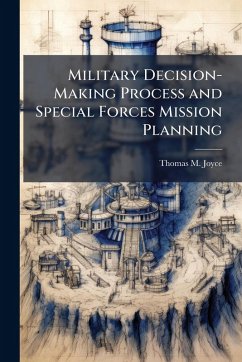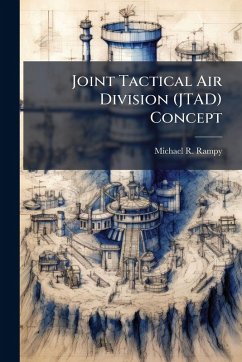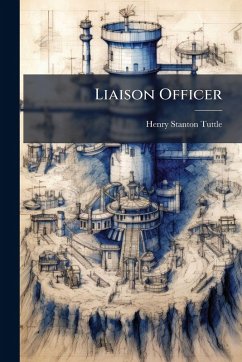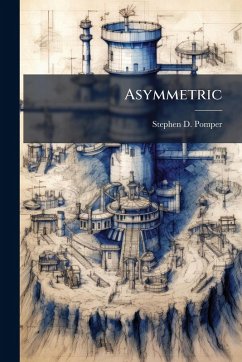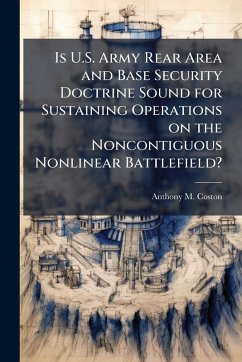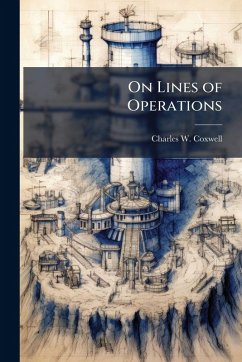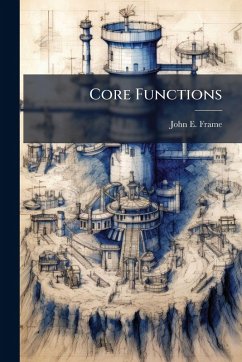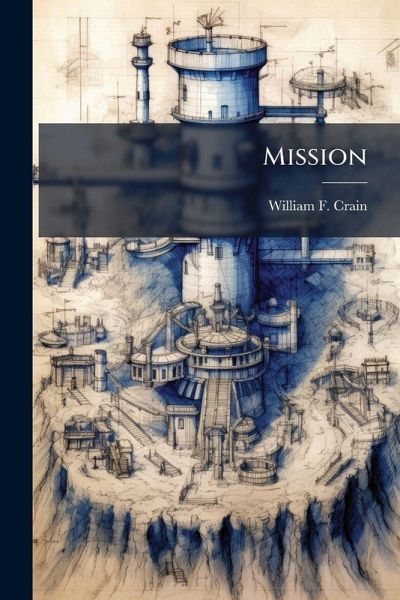
Mission

PAYBACK Punkte
8 °P sammeln!
This monograph examines the limited success achieved by the U.S. Army in implementing mission oriented command and control. Evidence from the National Training Center (NTC) suggests that there is a problem with intent communication and effective execution. The study specifically addresses whether or not alterations to the five paragraph field order may help rectify these apparent discrepancies. Mission oriented command and control is analyzed from the theoretical, historical and contemporary aspects. Theory supports the mission oriented concept by providing the principle of unity of purpose. H...
This monograph examines the limited success achieved by the U.S. Army in implementing mission oriented command and control. Evidence from the National Training Center (NTC) suggests that there is a problem with intent communication and effective execution. The study specifically addresses whether or not alterations to the five paragraph field order may help rectify these apparent discrepancies. Mission oriented command and control is analyzed from the theoretical, historical and contemporary aspects. Theory supports the mission oriented concept by providing the principle of unity of purpose. Historically, the German Army's development of a mission oriented doctrine is consistent, while the American experience has swung back and forth between a mission versus a task orientation. Currently, U.S. Army has a mixture of mission and task oriented doctrine. This dichotomy manifests itself in practice by units training at the NTC and reflects the dilemma of specified task and implied intent. Confusing doctrine appears to be part of the problem, but one that can be rectified. Several suggest ions are presented which may help eliminate doctrinal inconsistencies and clarify terms. Finally, the study recommends that the five paragraph field order be modified to provide missions, not just tasks, for the higher headquarters and subordinate elements. This work has been selected by scholars as being culturally important, and is part of the knowledge base of civilization as we know it. This work was reproduced from the original artifact, and remains as true to the original work as possible. Therefore, you will see the original copyright references, library stamps (as most of these works have been housed in our most important libraries around the world), and other notations in the work. This work is in the public domain in the United States of America, and possibly other nations. Within the United States, you may freely copy and distribute this work, as no entity (individual or corporate) has a copyright on the body of the work. As a reproduction of a historical artifact, this work may contain missing or blurred pages, poor pictures, errant marks, etc. Scholars believe, and we concur, that this work is important enough to be preserved, reproduced, and made generally available to the public. We appreciate your support of the preservation process, and thank you for being an important part of keeping this knowledge alive and relevant.





